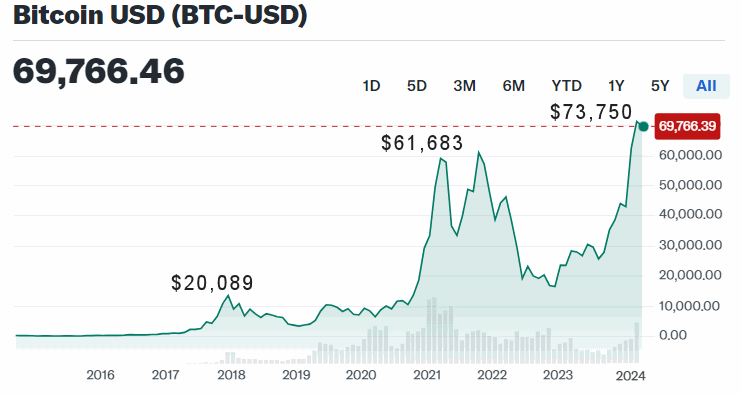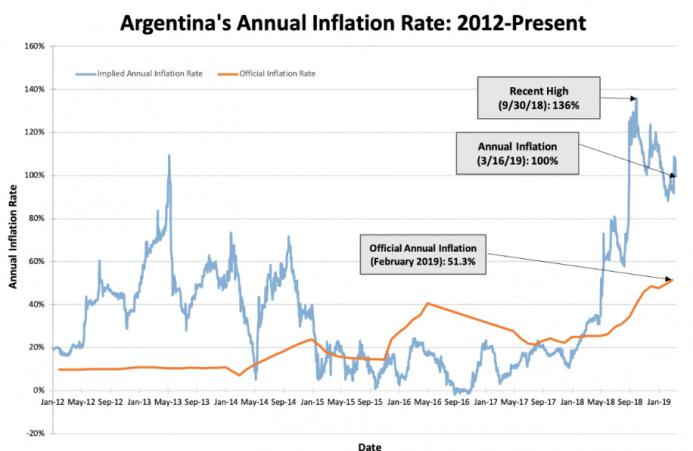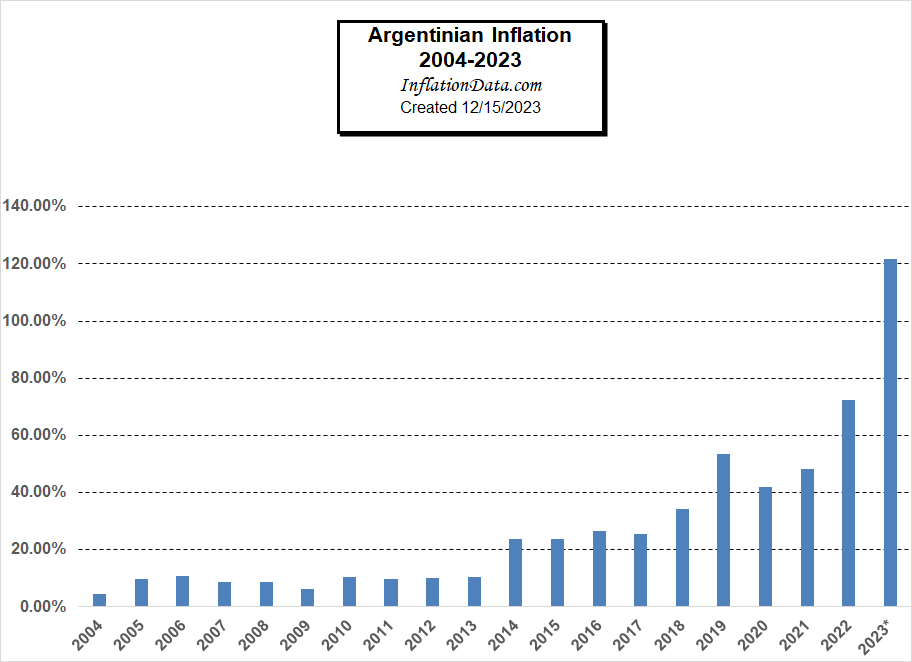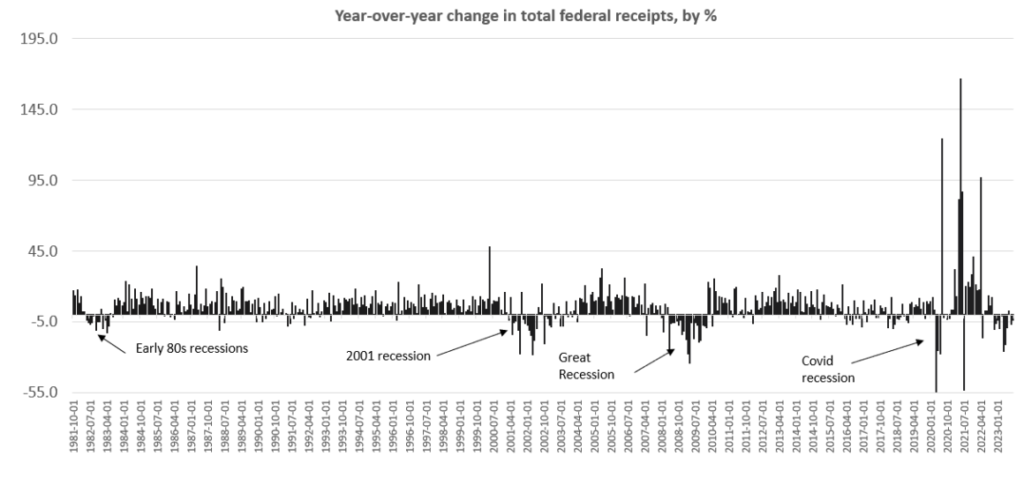Crypto 2.0, A Whole New Ballgame
It turns out that Crypto is much more than just Bitcoin. In October 2008, when a person (or anonymous group) named Satoshi Nakamoto created the code for Bitcoin it opened the door to more than just a currency. It introduced the concept of a “Blockchain” to the world. Since then there have been literally thousands of Cryptos created, most of which ended up totally worthless. Some were simply jumping on the Blockchain bandwagon, just as companies added “.com” to their name back in the Dot com mania of the 1990s, people began creating mostly worthless cryptos in the 2010s. But not all the cryptos were worthless. Some were new currencies but others were new and innovative ways to use blockchain.
Crypto 2.0, A Whole New Ballgame Read More »










